 |
 |
 |
 |
 |
 |
 |
 |
 |
 |
 |
 |
 |
 |
 |
 |
 |
 |
 |
 |
 |
 |
 |
 |
 |
 |
 |
 |
 |
 |
 |
 |
 |
 |
 |
 |
 |
 |
 |
 |
 |
 |
 |
 |
 |
 |
 |
 |
 |
 |
 |
 |
 |
 |
 |
 |
 |
|
|
Pictures from my recent observing run on Mauna Kea on the Big Island of Hawai'i |
|
|
|
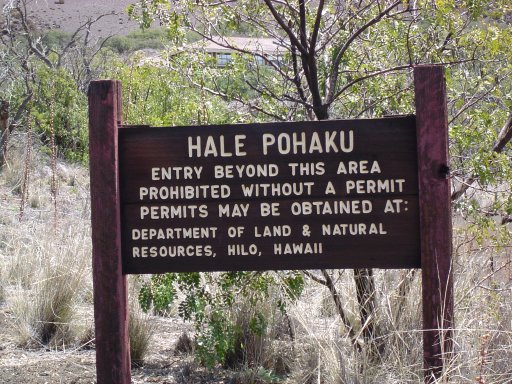 |
|
|
|
The sign announcing arrival at Hale Pohaku (meaning 'house of stone' in Hawaiian) at 9,000 ft up on Mauna Kea. Astronomers coming to use the telescopes at the summit sleep at HP. They must arrive a day early and spend the first night acclimatizing to the altitude - a great time to take pictures! |
|
|
|
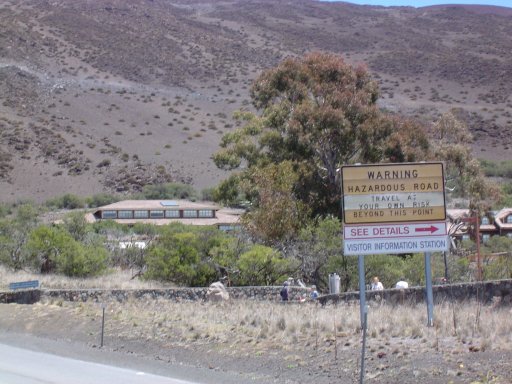 |
|
|
|
The hazardous road sign visible as you approach the visitor's center and dormitories. During the winter snow and ice can make the road to the summit impassable. |
|
|
|
 |
|
|
|
A view from above of Hale Pohaku, the dormitories where astronomers and support staff stay while working on the mountain. |
|
|
|
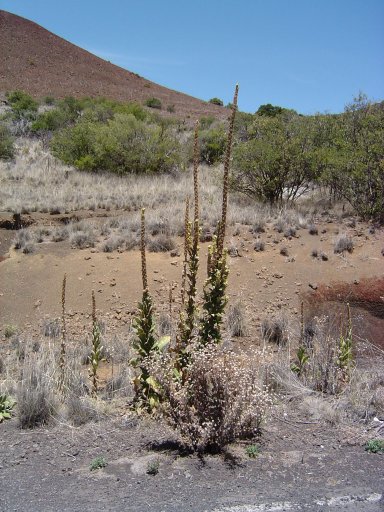 |
|
|
|
Local plant life at Hale Pohaku, about 9,000 ft above sea level. |
|
|
|
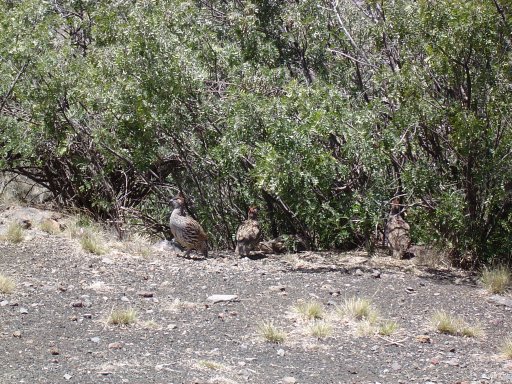 |
|
|
|
Local bird life outside the dormitories at Hale Pohaku. |
|
|
|
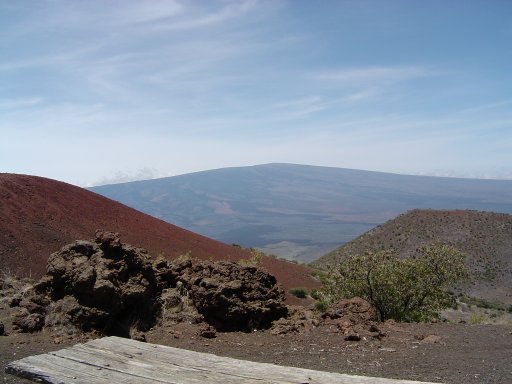 |
|
|
|
Mauna Loa as seen from Mauna Kea, the tallest mountains on the Big Island of Hawai'i. Mauna Loa means 'long mountain' in Hawaiian due to its shape and is still an active volcano. The steam in the left behind Mauna Loa is where the active lava flows encounter the ocean. |
|
|
|
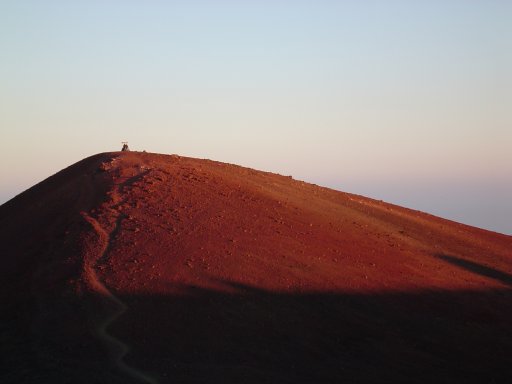 |
|
|
|
The summit of Mauna Kea at over 13,700 ft above sea level. Mauna Kea means 'white mountain' in Hawaiian because in wintertime the mountain top is usually blanketed in a layer of snow. |
|
|
|
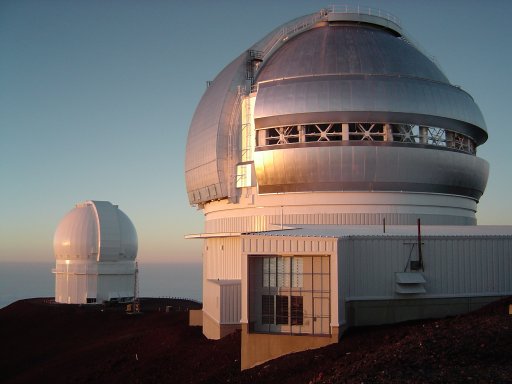 |
|
|
|
The domes of the Gemini and CFHT (Canada-France-Hawaii Telescope) just before sunset. Note the open ventillation shafts on the Gemini dome. |
|
|
|
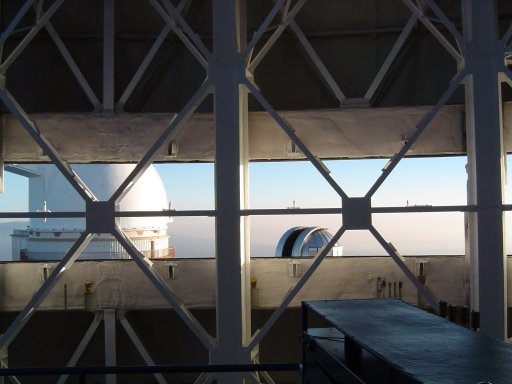 |
|
|
|
The domes of the UH 2.2m telescope and UKIRT (UK Infrared Telescope) as seen through the ventillation shafts in the Gemini dome. Taken while standing on the telescope at the level of the primary mirror. |
|
|
|
 |
|
|
|
The Gemini Telescope as seen from inside the dome which has just been opened prior to a night of observing. |
|
|
|
 |
|
|
|
The primary mirror of the Gemini telescope (8 meters in diameter) as the mirror cover unfolds. |
|
|
|
 |
|
|
|
The instrument package under the Gemini telescope. GMOS (Gemini Multi-Object Spectrograph), the instrument we were using, is the instument on the right. |
|
|
|
 |
|
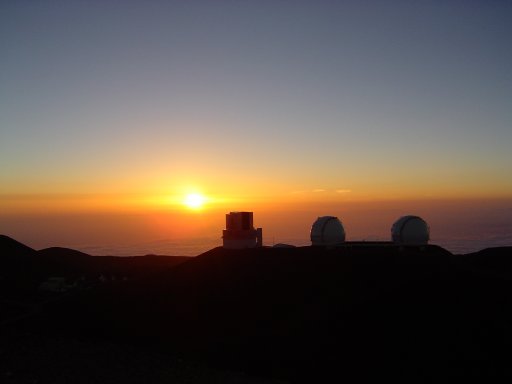 |
|
|
|
Sunset on Mauna Kea - a view of the Subaru, and Keck (I and II) telescopes (from lt to rt) as seen from the Gemini telescope. |
|
|
|
 |
|
|
|
The control room for the Gemini telescope where we spent about 10 hours every night. From left to right: Colin Aspin (support scientist), Jeff Cox (telescope operator), Harald Ebeling (advisor), Ben Maughn (collaborator). |
|
|
|
 |
|
|
|
Sunrise on Mauna Kea with the crescent moon and Venus on the right. The end of a long night's work! |
|
|
|
Return to Elizabeth's Homepage |
|





















